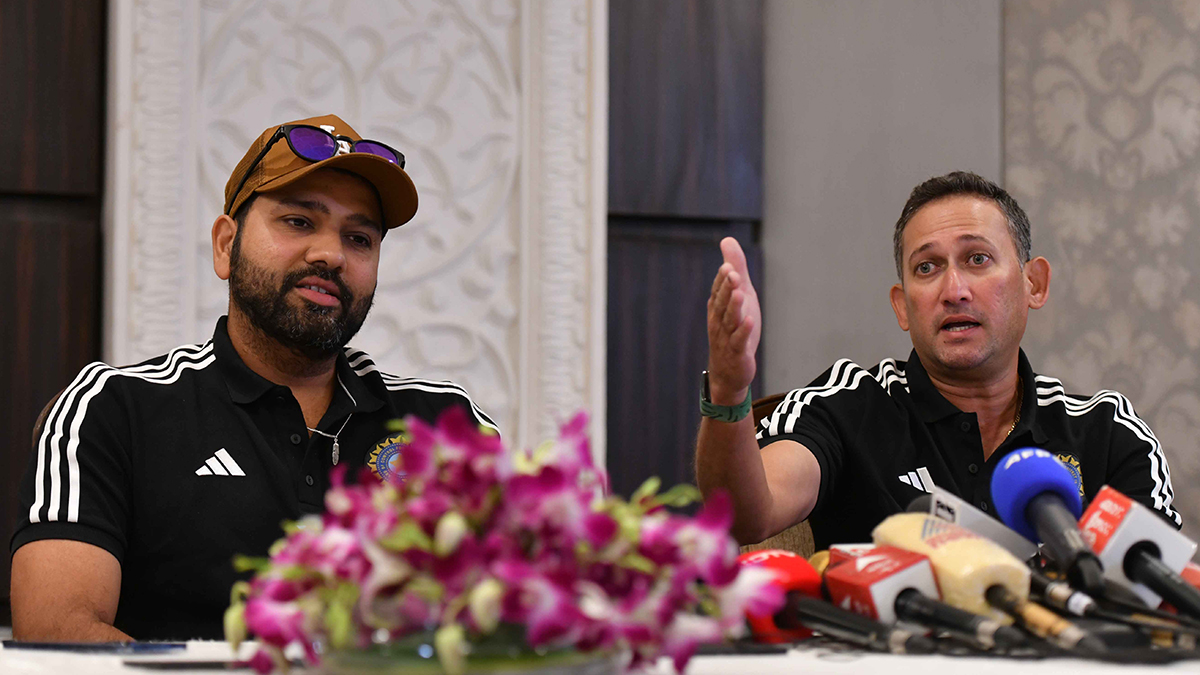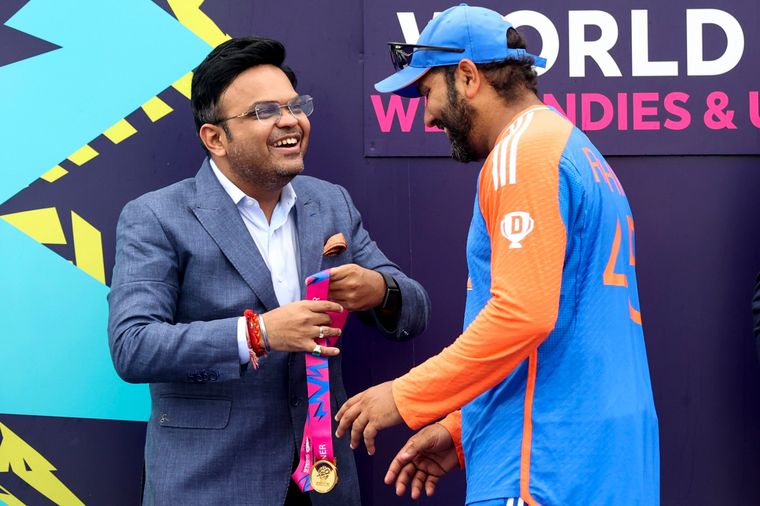India’s selectors caused some flutter among cricket aficionados by announcing a full-strength squad for the first of two Tests against Bangladesh starting next week. Barring pace ace Mohammed Shami, still recovering from injury, every player of known prowess in red-ball cricket was in the squad.
Bangladesh aren’t exactly a major force in the five-day format, and have a particularly poor record against India. So, what forces were at play when chief selector Ajit Agarkar and his committee met to pick the team?
The fundamental consideration, one understands, is an unofficial firman from the BCCI to select the strongest team now on for every match/series/tournament: allowing, of course, for injuries, workload management or other compelling reasons to give a player leave of absence.
The logic in such an approach is irrefutable, but has not always been applied diligently in the past. Against weak opponents, sometimes even strong ones, players have found ways to excuse themselves. The cricket establishment aims to eliminate such vagrancy going ahead.
Head coach Gautam Gambhir gave early notice of this after he assumed charge. For the ODI series against Sri Lanka immediately after the T20 World Cup, Gambhir asked for, and got, star batters Rohit Sharma and Virat Kohli, who could have been rested, to participate.
That India did not win the series despite the participation of these stalwarts was not germane to the issue. The message that the BCCI, and by extension the coach and captains of different formats, wanted to send out was loud and clear.
The next three years throw up a gamut of challenges for Indian cricket, across formats. Among the plethora of bilateral series between now and 2027 are a clutch of ICC tournaments that have increasingly become the bellwether of cricketing supremacy. These are the Champions Trophy in Pakistan in February 2025, World Test Championship final in England, mid-2025, T20 World Cup in India and Sri Lanka in 2026, and the ODI World Cup in South Africa, Zimbabwe and Namibia in 2027. These will obviously demand more focus from the board, coach and players.
The Champions Trophy is likely to get the most attention over the next few months with the question being, will India travel across the border for the tournament? BCCI secretary Jay Shah’s tenure as ICC chairman (he was elected unopposed) from December 1 loads the situation with greater intrigue.
Despite the longstanding political imbroglio between the two countries, India have always played Pakistan in ICC tournaments. But does this extend to playing in Pakistan is the question vexing the cricket world. Is, as is being widely speculated, a hybrid model, which entails taking India’s matches to a neutral venue (most likely the UAE), the way out? The crisis-management skills of the new ICC chairman in resolving this complex issue will be watched closely.
But while the political significance of the Champions Trophy is enormous, its cricketing import is not commensurately heavy-duty. The tournament is not as big as the two white-ball World Cups. Moreover, by winning the T20 World Cup this year, India have broken the long-standing jinx of failing in ICC tournaments. From India’s point of view, winning the Champions Trophy would be a feather in the cap, not a seminal breakthrough. However, winning the World Test Championship would be just that.
This is where the 10 Test matches India play this season―two versus Bangladesh, three against New Zealand (both home) and five in Australia, become terribly important.
Currently placed No. 1 on the WTC table, India should make it to the final comfortably. But there is no scope for complacency even if playing at home. Pakistan expected Bangladesh to surrender tamely and were summarily thrashed 2-0 in the recent Test series. New Zealand are always a competitive side.
India need to be vigilant without compromising on the flair that has defined their cricket in all formats in recent years. The big test comes when they travel Down Under in November. It promises to be a blockbuster contest.
Australia are currently No. 2 on the WTC table. Barring a colossal upset, both India and Australia should be in the WTC final at Lord’s next year. What could happen in that match will depend to a great degree on how the five Tests in Australia pan out.
India-Australia cricket has taken a trajectory of its own in the past decade, emerging as perhaps an even bigger contest than the Ashes.That is largely because of how marvellously India have improved, especially when playing in Australia. They beat the Aussies, once considered invincible at home, 2-1 in 2018, and even more heroically, 2-1 again, in 2021. Clubbed with home wins in 2017 and 2023, India have won four Test series on the trot against Australia.
Given the roster of marquee talent both teams possess, it promises to be a high-octane contest, what with both teams looking to win the series as well as garner a psychological advantage for the WTC final.
For the record, India have reached the final in the first two editions of the WTC, but lost both, to New Zealand in 2021 and to Australia in 2023, despite starting as favourites.
That unflattering record needs to be recast if India are to establish themselves as the preeminent cricketing nation in the world―and not merely where the financial balance sheet is concerned.



